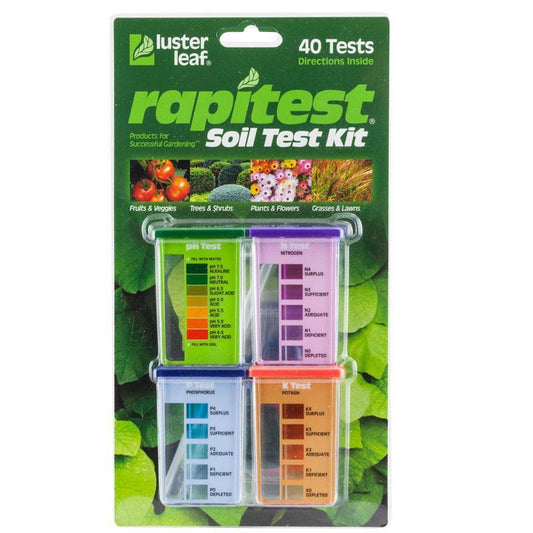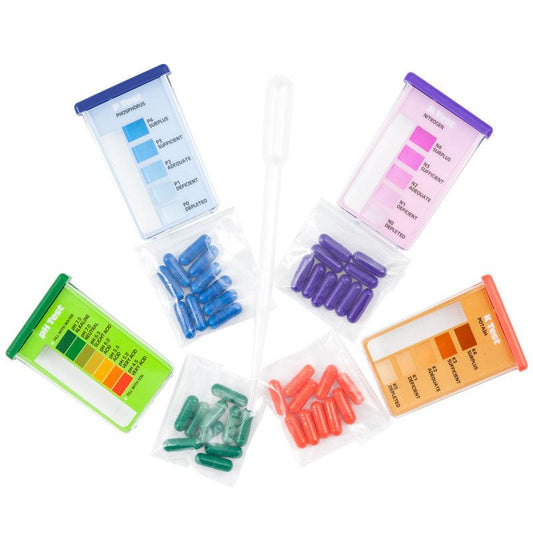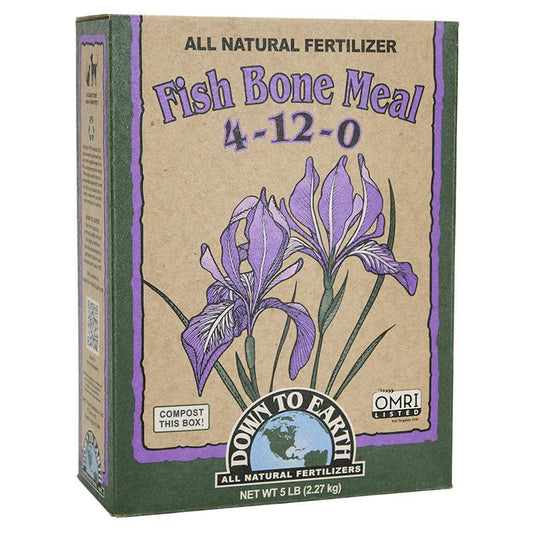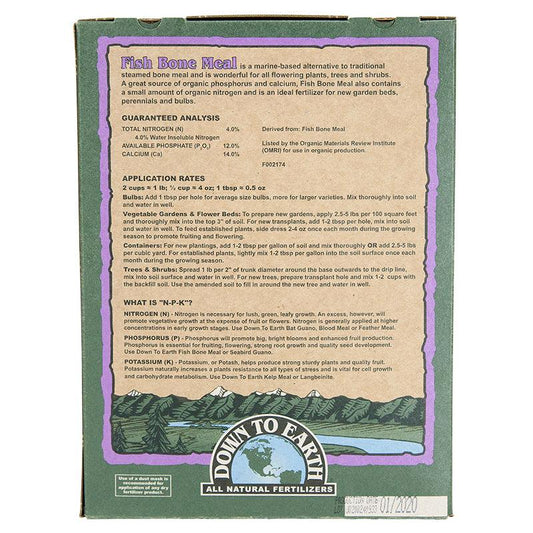Introduction
Your soil is the foundation of your garden’s success. If you’ve followed Tricia’s suggestions from the Soil Tests video, carefully collected soil samples, and sent them off for analysis, the next step is crucial: understanding your soil test results. When that soil analysis report arrives, it’s time to find out whether your soil is a nutrient powerhouse or in need of some help. Don’t worry—interpreting the results and improving your soil is easier than you think, especially with organic fertilizers and at-home soil tests to guide you.
This guide will help you decode your soil test results, explain the role of macronutrients, and show you how to make targeted improvements to achieve a thriving, healthy garden.
What to Expect From Your Soil Test Results
When you receive your soil analysis, you might feel overwhelmed by the numbers and technical jargon. However, the results provide essential insights into your soil's health and fertility. Key metrics often included in soil tests are:
- pH Levels: Indicates how acidic or alkaline your soil is, on a scale of 0 to 14. Most plants thrive in a pH range of 6.0 to 7.5.
- Nutrient Levels: Shows the availability of key macronutrients—nitrogen (N), phosphorus (P), and potassium (K)—as well as secondary nutrients like calcium and magnesium.
- Organic Matter Content: Reflects the amount of decomposed plant and animal material in your soil, which affects water retention and nutrient availability.
- CEC (Cation Exchange Capacity): Measures your soil’s ability to hold onto essential nutrients.
Understanding these metrics helps you determine what your soil needs to support healthy plant growth.
Using Organic Fertilizers to Solve Soil Problems
Once you’ve analyzed your soil test results, the next step is to make targeted improvements using the right fertilizers. Organic fertilizers are an excellent choice because they enrich the soil naturally, improve structure, and enhance microbial activity. Explore our full range of options here: Shop Fertilizer & Growing Supplies.
What Do the Numbers on Fertilizer Boxes Mean?
Fertilizer packages often display a series of three numbers, such as 0-10-10. These numbers represent the percentages of nitrogen (N), phosphorus (P), and potassium (K)—the three primary macronutrients your soil needs. Here’s what each nutrient does:
-
Nitrogen (N): Promotes vigorous leaf and stem growth.
Sources: Blood meal, cottonseed meal, fish emulsion, feather meal, and pelleted organic fertilizers. -
Phosphorus (P): Encourages flower, fruit, and root development.
Sources: Soft rock phosphate and bone meal. -
Potassium (K): Supports plant vigor and essential processes like water regulation and disease resistance.
Sources: Sulfate of potash and greensand.
For example, if your soil test reveals low phosphorus levels, choose a fertilizer with a higher middle number, such as 0-10-10, to target that deficiency.
The Importance of pH Levels and How to Adjust Them
Soil pH affects the availability of nutrients to your plants. If your soil test indicates a pH that’s too low (acidic) or too high (alkaline), your plants may struggle to absorb essential nutrients, even if they’re present in the soil.
- Acidic Soil (pH < 6.0): Add lime to raise the pH. Choose dolomitic lime if magnesium levels are also low.
- Alkaline Soil (pH > 7.5): Use sulfur or aluminum sulfate to lower the pH.
Regularly monitoring and maintaining the correct pH will ensure your garden plants thrive.
At-Home Soil Tests: Quick and Convenient
While professional soil analysis provides the most detailed insights, at-home soil test kits are a handy tool for quick assessments. These kits are particularly useful when transplanting seedlings or preparing a new planting bed. Here’s what they can do:
- Test Soil Nutrients: Basic kits measure nitrogen, phosphorus, potassium, and pH levels.
- pH Meters: Portable devices allow you to perform spot checks on soil pH, which can change over time due to factors like rainfall or even lunar phases.
At-home tests may not be as precise as lab analysis, but they’re a practical solution for on-the-go gardeners.
The Role of Organic Matter in Soil Health
One of the most important findings from your soil test is the percentage of organic matter. Soil rich in organic matter retains water better, provides essential nutrients, and supports beneficial microorganisms. To increase organic matter:
- Incorporate compost into your garden beds.
- Use cover crops to add organic material naturally.
- Avoid over-tilling, which can break down organic matter too quickly.
Why Soil Testing Saves You Time and Money
Understanding your soil’s needs through testing can save you from unnecessary expenses on fertilizers or soil amendments. For instance:
- If your soil already has adequate nitrogen, there’s no need to apply additional nitrogen fertilizers, which could harm your plants and the environment.
- A soil test can reveal deficiencies in micronutrients like zinc or boron, allowing you to address specific issues with targeted amendments.
By knowing exactly what your soil needs, you can make informed decisions that lead to healthier plants and higher yields.
Tips for Interpreting and Acting on Soil Test Results
- Start Small: Focus on one or two key issues revealed in your test results, such as low phosphorus or high acidity.
- Use Organic Solutions: Organic amendments not only address deficiencies but also improve overall soil health.
- Monitor Progress: Re-test your soil every few years to track improvements and adjust your gardening practices as needed.
Conclusion: Know Your Soil, Grow Your Garden
The more you know about your soil, the better equipped you are to create a thriving garden. Soil testing is an invaluable tool that takes the guesswork out of gardening, allowing you to provide exactly what your plants need. By using organic fertilizers, adjusting pH, and monitoring nutrient levels, you can transform your soil into a nutrient-rich foundation for growth.
Whether you’re an experienced gardener or just starting out, understanding your soil test results is the first step toward a more productive and sustainable garden. Take the time to analyze your soil and invest in its health—you’ll be rewarded with healthier plants and more abundant harvests.
🌱 Resource Area: Boosting Nutrient Retention
Understand soil chemistry to keep added nutrients available for your plants:
- What Is Cation Exchange Capacity? – Explains how soil holds nutrients and ways to improve it.
- How to Take a Good Soil Sample – Provides best practices for accurate soil analysis to better manage nutrients.
- How to Use Soil – Tips on applying test insights to improve nutrient availability and structure.







